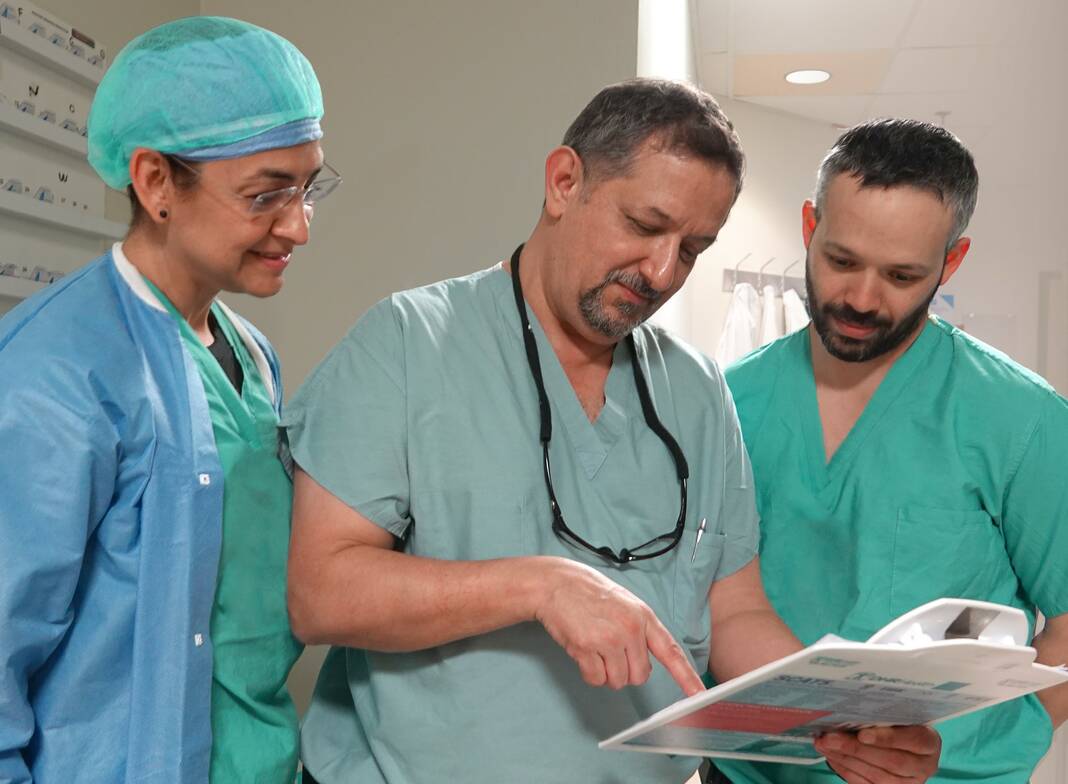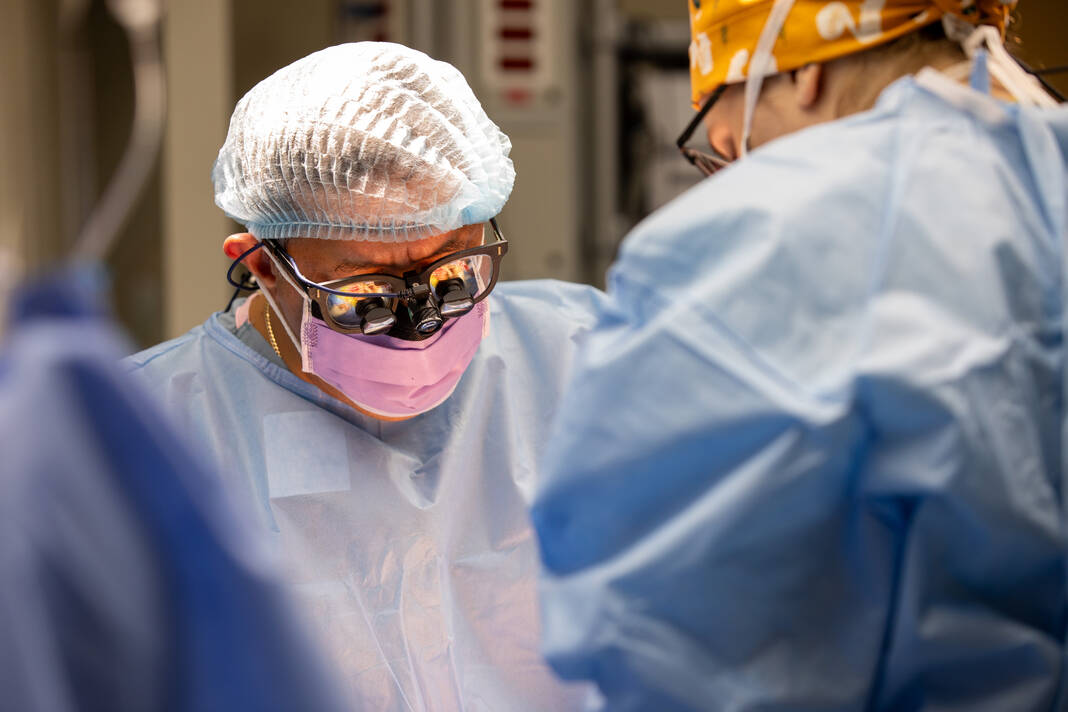|
Only have a minute? Listen instead
Getting your Trinity Audio player ready...
|
About 5.4% of the population of the Rio Grande Valley have some type of diabetes. That’s around 76,000 out of 1.4 million people, the Valley’s population as of the 2022 U.S. Census. An average of 3 in 5 of them require hospital or ER services, according to Rio Grande Regional Hospital; and research by Johns Hopkins Medicine has previously found that 54% of amputations are as a result of diseases that affect blood flow, like diabetes.
This is why it’s significant that DHR Health has launched its own limb salvage program, the second institution in the Valley to announce in less than a year that these services are now available to a region that has traditionally lacked this kind of resource and immediate access to care.
For Dr. Jose Andres Gonzalez, the limb salvage program provides a means to decrease the number of amputations by addressing the issue at its core. Gonzalez is the director of the program for DHR Health and is a board-certified vascular surgeon.
“Unfortunately we’re at the point where most amputations occur in this area,” Gonzalez said Wednesday.
The local struggle with these conditions are such that the surgeon referred to diabetes and hypertension as an endemic in the Valley and hallmarks for other complications. He also pointed to smoking as one of the central causes.
Gonzalez believes that a lack of education and attention to raising awareness about the conditions that lead to amputations has been a contributing factor in the increased need for limb salvage programs locally.
The new program, he said, will address the need by improving community awareness about the importance of preventative measures, which will help decrease the need for amputations.
Arming people with knowledge about the resources available to them in their area as well as how to prevent the need for amputation is paramount for Gonzalez.

He hopes to match the success of Dr. Joseph L. Mills, another board-certified vascular surgeon who established a limb salvage program in Houston where he has helped decrease amputations by about 20% in two years.
Establishing DHR’s own limb salvage program will help create a network of communication between the Valley and larger metropolitan areas like San Antonio and Houston, according to Gonzalez.
“The idea is to create a center with the standard of care with … protocols and where we can help a patient before it gets to an amputation,” Gonzalez said, adding that the program also aims to “minimize the extent of the amputation” if necessary.
South Texas Health System announced in June 2023 the opening of its cardiac catheter laboratory at STHS Edinburg, which would implement its limb salvage program.
The goal of the lab is to help physicians evaluate arteries and veins through the use of equipment such as an X-ray camera that photographs images at 360-degree angles.
This helps provide physicians with a view of what’s blocking the blood flow and prevent amputations as a result.




